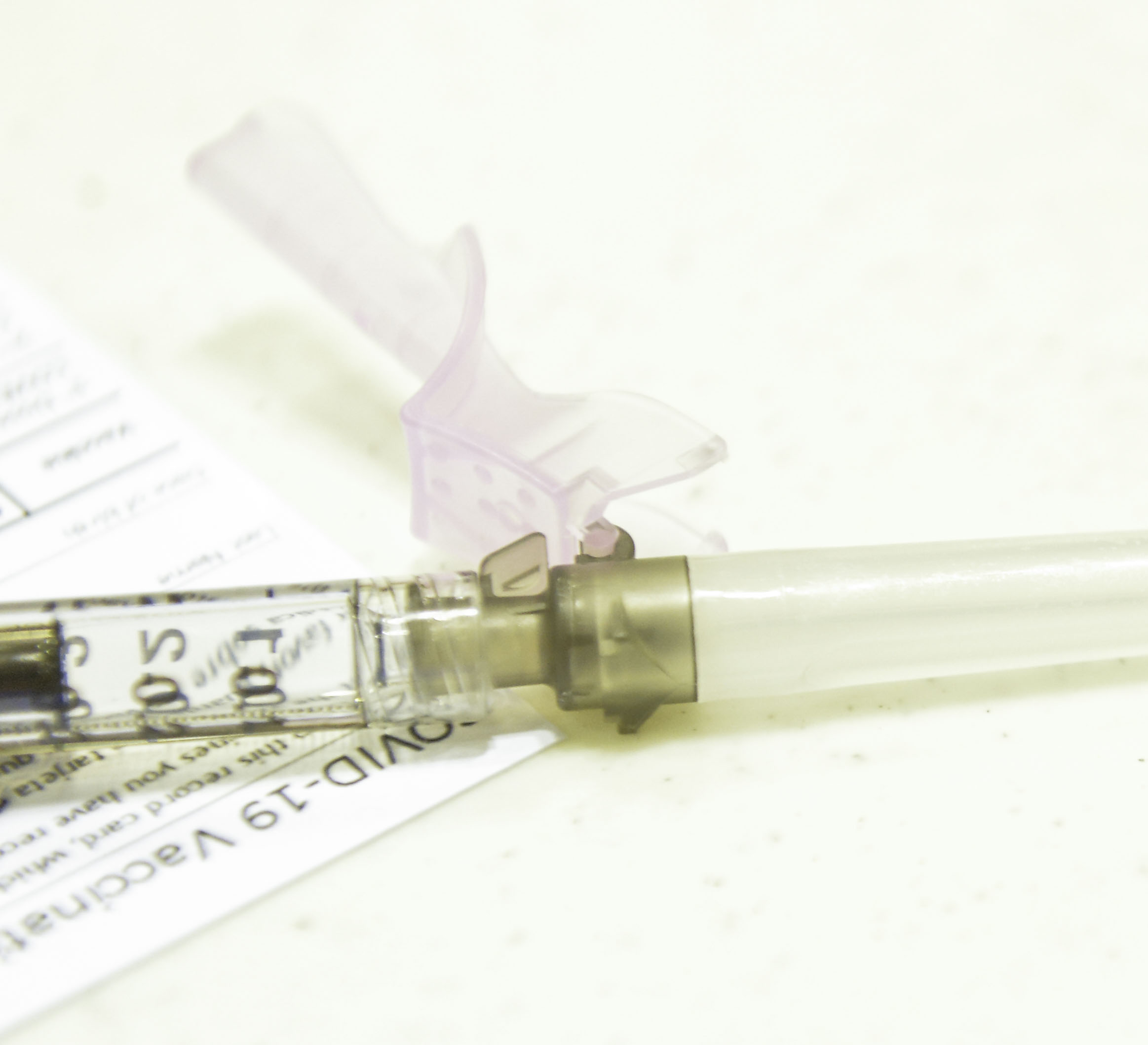The omicron variant of COVID-19 these days just might be like that one wayward uncle of yours who always seems to show up — uninvited — at the family barbecue.
Said encounter, in other words, might be a little unpleasant and definitely a lot unwelcome.
It will still have to be addressed at that particular moment.
And, hopefully, with no lasting ill-effects, Dr. Todd Karpinski and Dr. Chris Edwards said.
Karpinski is chief pharmacy officer of WVU Medicine. Edwards staffs emergency rooms in hospitals throughout the Mon Health System.
Both put in their time daily in the pandemic trenches, and both know it’s now more than likely you or someone in your house will come down with the omicron variant of the contagion.
That variant, while highly contagious, still appears less severe than its delta cousin — save for any underlying medical conditions among its sufferers.
If you’re not feeling well and you have a suspicion it’s COVID, your instincts are probably correct, both physicians say.
But here’s what they don’t want you doing: They don’t want you, like that uncle, showing up at the ER to find out.
Of course, you’ll want to get tested for the virus at a sanctioned outside site if you don’t do it yourself from a home kit, Karpinski said.
“We want to contact your primary care provider and talk through your symptoms,” he said.
“If you show up in the ER, you’re going be around people who are more sick than you are.”
“There’s always the chance that you could infect someone with COVID who might be at a a higher risk, which wouldn’t be good,” Edwards seconded.
Omnipresent omicron
If you’re one of those here who have just joined the ranks of the COVID-positive, Karpinski is prescribing commonsense advice
If it’s omicron, he said, you’re likely experiencing cold and flu systems: Congestion, coughs, a runny nose and the like, to varying degree.
That means over-the-counter medication, such as Tylenol, Advil and Motrin for the fever and body aches.
And Pedialyte, Jell-O and Gatorade, to stay hydrated.
Edwards knows a lot of people who have purchased pulse-oximeter machines for home use, which can also be helpful. They’re available at most pharmacy chains, he said.
But, he cautioned: Should your oxygen levels start dropping past the 92 range, and you’re experiencing COVID-like symptoms, then he and Karpinski want to see you.
Further, should your symptoms include chest pain, shortness of breath, weakness and disorientation — and you’re elderly, diabetic or overweight — then a trip to the ER is critical, he said.
An ounce of prevention
There’s also what Karpinski and Edwards call the ultimate preventive measure: Rolling up your sleeve, to get vaccinated and boosted.
It’s still your best defense against COVID, or quelling the severity if you get it anyway, they said.
Especially as the contagion continues to make itself right at home in the Mountain State.
As of Friday, there were 17,364 active cases in the state, including 1,079 in Monongalia County, the West Virginia Department of Health and Human Resources reported.
One of the more visible residents to test positive (for a second time) is Gov. Jim Justice.
While saying at the end of the week he was feeling better, the governor, who is fully vaccinated with a booster shot, has experienced moderate symptoms during his second round of COVID.
He was forced to quarantine himself from delivering his State of the State address last week for the opening of the 2022 Legislative session in Charleston.
Other West Virginians, though, haven’t been so lucky. A 30-year-old Harrison County man was among the youngest of the recent deaths from the contagion and its complications.
That increases the grim roll call in the state to 5,516 fatalities from the run of the pandemic so far, which is going into its second year.
TWEET @DominionPostWV




